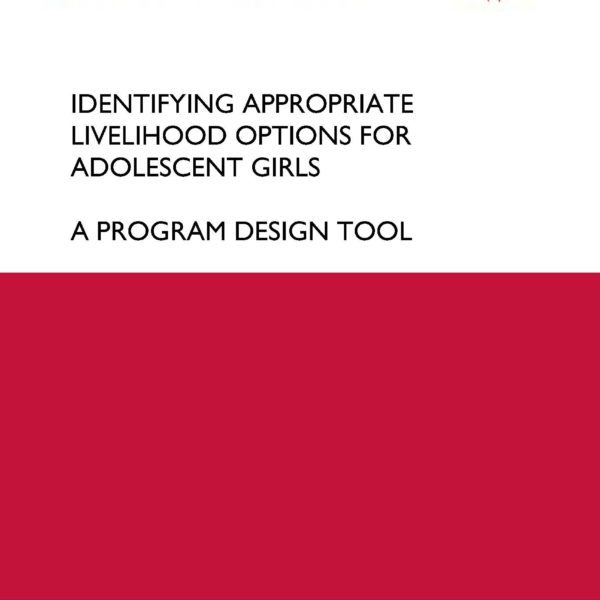There are many different types of livelihood programs, including microfinance, conditional cash transfers, vocational skills training, scholarship programs, financial literacy, life-skills training, and so on. These programs are often applied to adolescents without distinguishing how their specific socio-cultural (e.g., age, gender, religion, marital status, residence, and school attendance) and economic situation (employment, ownership of assets, and educational attainment) may impact the success of a given livelihood strategy. Recent evaluations have generated increasing evidence that adolescent girls have very different livelihood needs depending on a number of different socioeconomic and cultural factors that shape the contexts in which they live—all of which influence the sexual and reproductive decisions they make. New research demonstrates that social and economic factors influence the sexual and reproductive options adolescents perceive to be available and the decisions they make, often putting them at increased risk of acquiring HIV.
Publication
Identifying Appropriate Livelihood Options for Adolescent Girls: A Program Design Tool

Further Reading
Publication
Empowerment in agricultural value chains: Mixed methods evidence from the Philippines
April 28, 2020
Publication
Building an Inclusive Agriculture: Strengthening Gender Equality in Agricultural Value Chains
November 11, 2019
Cultural Practice, LLC
4300 Montgomery Ave., Suite 305
Bethesda, Maryland 20814
(tel.) 301-654-1787
(fax) 301-654-1789
